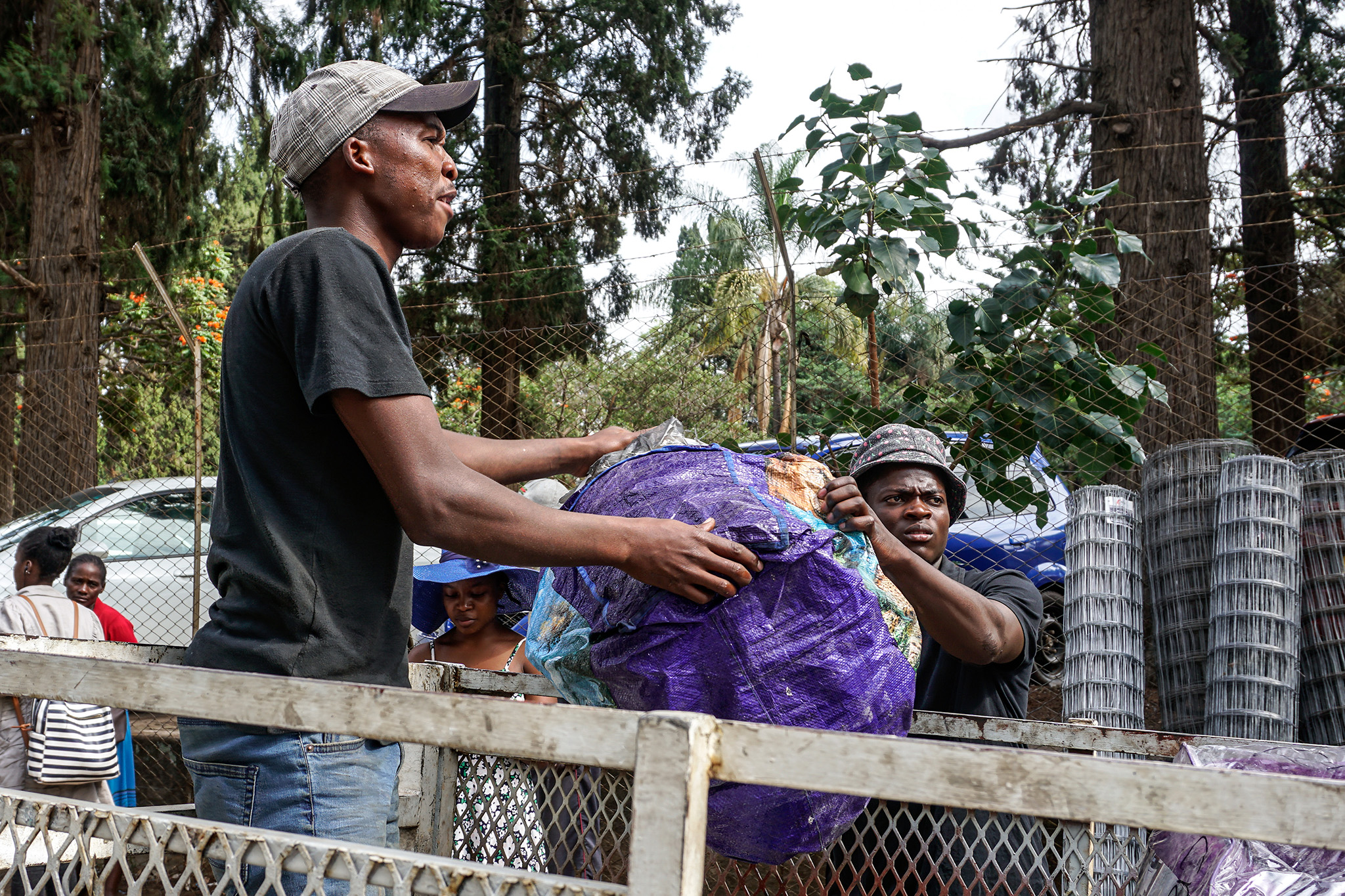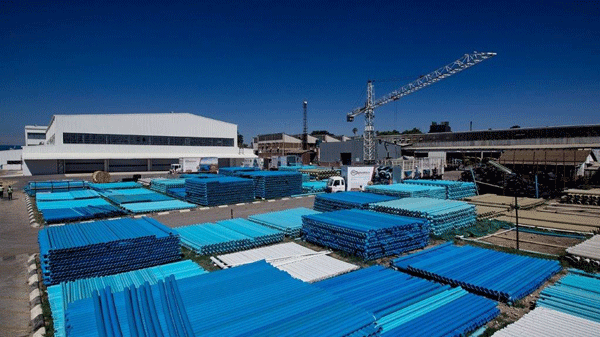Crop pricing needs careful thought
There is a lot of debate over guaranteed producer prices for farmers growing crops under Government-funded programmes, and some of this debate is muddying the waters.
For non-export crops, the things we need to eat ourselves, the import parity price is not just the world price, but inclusive of all the transport costs of shipping it to a Southern African port, off-loading and then sending it by rail or truck to Zimbabwe. So we can thus pay our farmers quite a lot above the world price and still have a good deal, with guaranteed supplies being a major bonus.
For export crops, the sums are different since now international prices are what we can expect to get paid. Tobacco is the most obvious example, where the merchants have to figure out the final sale price or processed leaf, deduct processing costs and see what the farm price will be. But tobacco prices vary considerably, with quite large premiums for quality. This allows merchants and farmers, and the whole research and extension infrastructure, to be pushing quality so that Zimbabwe, the merchants and the farmers all make the maximum money.
Cotton has hit the headlines, with merchants suggesting that the $85 a kilogramme set by the Agricultural Marketing Authority is too high.
But cotton is a double crop: lint and seed. The bulk of the lint is, regrettably, an expert crop since we have so little spinning and weaving in Zimbabwe and so need to export raw cotton lint rather than thread and fabric. So the merchants are correct there.
But the seed is sold inside Zimbabwe and here it is not competing against, or replacing, imports of imported cotton seed but is competing against other imported oil seeds since for the foreseeable future Zimbabwe will have a deficit of oil seeds. So basically cotton seed is competing against the landed price of soyabean, or the landed price of raw soya oil, or even the landed price of processed and packaged cooking oil.
This changes all the equations and price calculations.
Cotton seed does require processing to produce a clean clear cooking oil, or the bass raw material for margarine manufacture. But the technology was worked out more than a century ago when the Americans were converting their huge piles of what was a seen as a waste product into something that people wanted to buy.
Cotton seed oil in fact dominated the American edible oil markets as they moved from lard to vegetable oils right up to the Second World War. A lot of cotton oil had to be reserved for war purposes, and producers scratching around hit on soya oil as a substitute.
The reason cotton seed oil was so necessary for war was the fact that it is what is known as a non-drying oil, that it does not easily oxidise to a gum or a hard varnish. That is not common among vegetable oils. This makes cotton seed oil exceptionally long lasting, and explains their continuing popularity among restaurants, takeaways and factories who process food by frying.
When Zimbabwe was self-sufficient in cook oils, cotton seed oil was a major component. In those days, farmers used to receive two checks for their crop. The first, on delivery, which was built around the cotton seed that was going to be sold quite quickly to the local users, and the second based on lint that would be paid once the lint had been exported, sold and paid for.
Cotton seed processing produced a residue that was used, with minor additional processing, as a cattle food. So quite a lot of value was extracted from the seed.
Processing of cotton seed these days is largely done by solvent extraction, the same process used by those making soya oil, rather than by crushing and pressing. The additional steps that cotton oil then needs can easily be added onto a solvent extraction plant. Companies that used to make cotton seed oil and have stopped doing so can dig around their records.
Once again, when we come to pricing, we need to think not just how we price the basic seed but work backwards from the cost of cooking oil. People do not go into a shop to buy a back of cotton seed, they go to buy a bottle of cooking oil. Here processing and packing charges make up a large fraction of the final price, allowing some leeway in seed pricing.
And let us not forget the cattle food, which is in a market where it competes against other livestock foods, not against imported cotton cake.
With cotton farming being restored to what it should be, a major cash crop for smallholder farmers, there should be assured supplies of cotton seed, so industrial investment into oil processing becomes viable.
Properly done, the seed can become the primary product from cotton farming.
At the same time, we need to think how we export the other half of the crop, the lint. Selling ginned lint is not the smartest and best way of earning the country money. We need to rebuild that textile manufacturing base that we allowed to approach near collapse not just to meet local demand but to export fabric and yarn.
At one stage Zimbabwean cotton could earn a premium as it as hand-picked, and research had concentrated on the longer fibre variants of the standard cotton plant. This is something we need to watch. As tobacco farmers know, it is just as easy to grow and cure low-grade tobacco and high-grade tobacco, but one produces a loss and the other a decent profit.
Quite a lot of the same sort of calculations need to be done for wheat, and in fact have always been done for wheat. Zimbabwe grows wheat under irrigation, which will make it more expensive than grain grown in a temperate climate with reasonable rainfall. So we can forget about exporting wheat,
But the local gain is not competing with world prices, it is competing with imported grain with all the transport, port and other charges added on. That gives a margin that can be used to buy water for the farmers.
Maize has similar calculations, although here our production costs, so long as we use the right seeds and fertilisers, are more in line with world costs. So we might not be able to export except to an immediate neighbour, and our neighbours are now also upgrading farming to be self-sufficient, but we can feed ourselves and ensure we have adequate carry over stocks each year.
Once we are feeding ourselves, we should perhaps be wary of being bulk food exporters being so far from ports and start looking at getting our farmers to expand their range of other crops that can make high-value exports. It may well make more sense to export tobacco, flowers, coffee and cotton than export food.
But one point needs to be addressed urgently, the cost of inputs. Zimbabwe used to make the bulk of its own fertilisers. We now import the bulk, with local input largely just packaging, and sometimes not even that.
Yet many raw materials should be physically available in the country. Deposits of phosphates and lime might be limited, but they should still be around if we prospect for them. And other chemicals should be there if we look. We have a highly varied geology and need to take this more seriously.
Even the old technology of making ammonium nitrate from nitrogen extracted by liquefying air and hydrogen by electrolysis of water could be put back into operation, although the only cheap power source will be solar power. But has anyone done those sums? There are many opportunities that perhaps we need to explore, rather than just do what seems the easiest.-ebusinessweekly.co.zw










